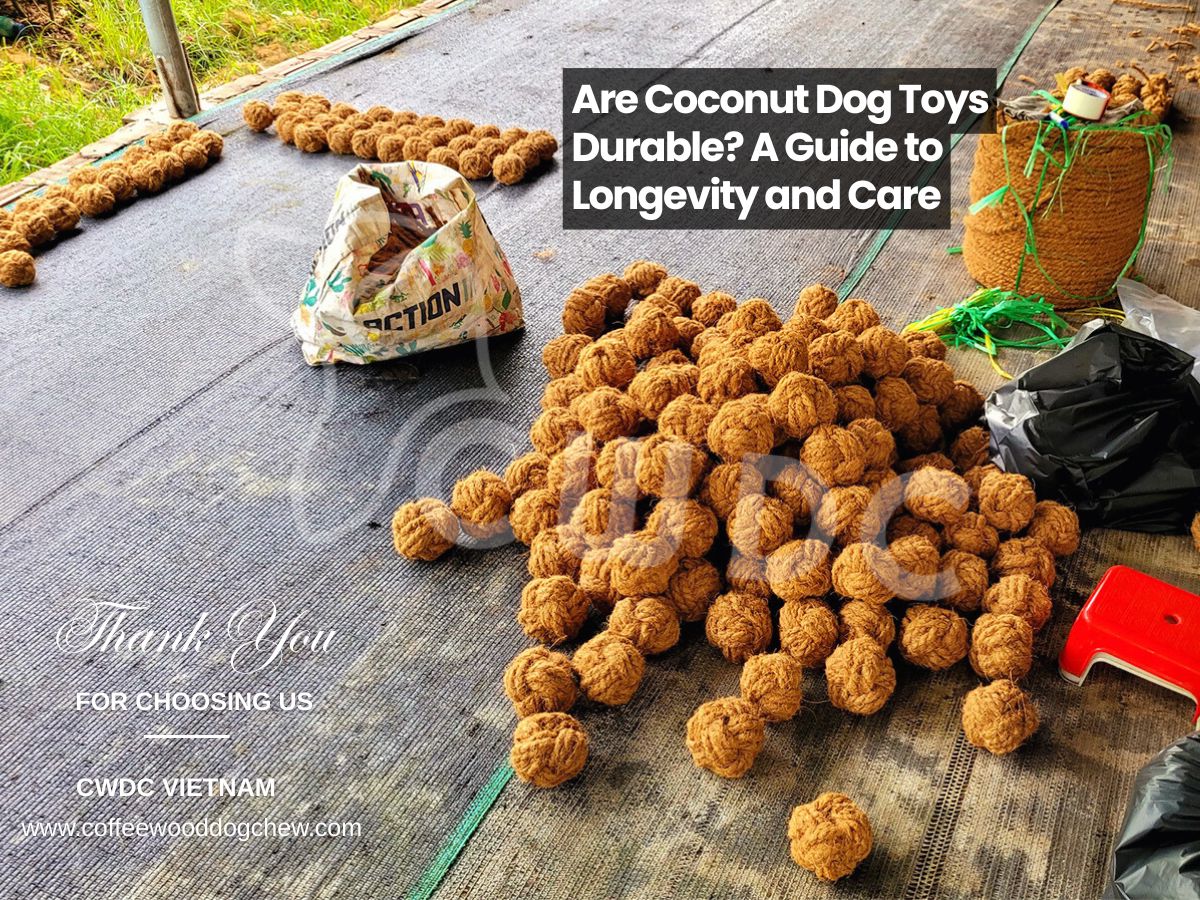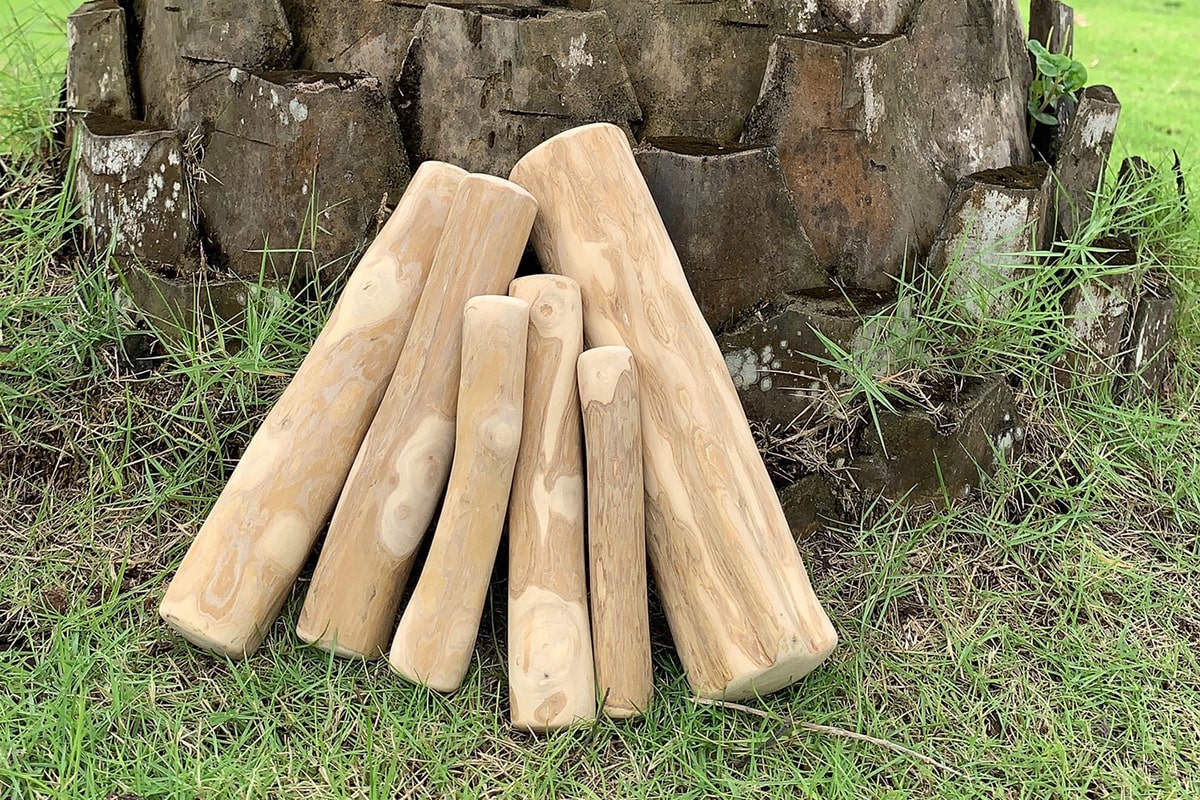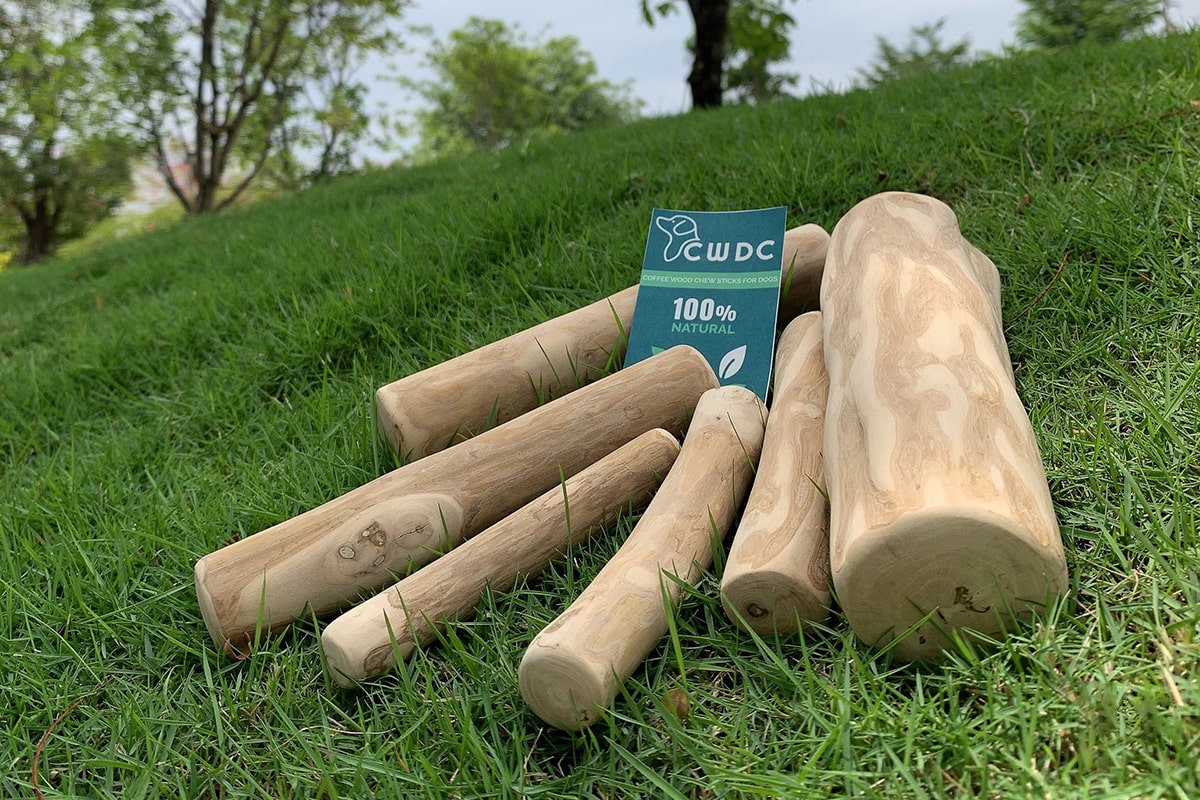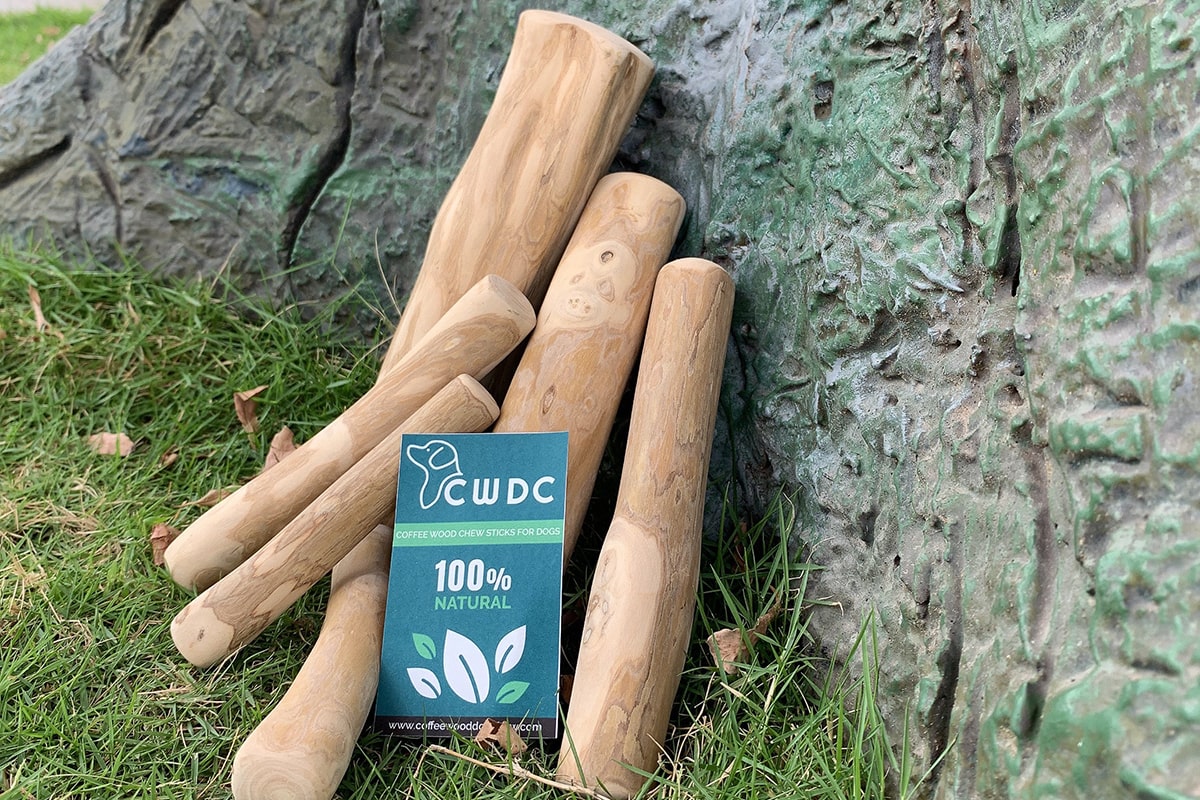As eco-friendly living becomes a priority for many pet owners, natural dog toys made from sustainable materials are gaining popularity. Among them, coconut dog toys, crafted from coconut husk (coir rope), have carved out a niche for being safe, non-toxic, and environmentally responsible.
But many pet parents wonder: Are these toys durable enough to stand up to regular chewing? The answer depends on the type of toy, your dog’s chewing habits, and how you care for it. Let’s take a closer look at how long coconut dog toys last, what affects their durability, and how to get the most value from them.
1. The Natural Strength of Coconut Husk (Coir Rope)
Coconut husk, also known as coir, is a fibrous material that’s tough and resilient. It’s widely used in ropes, mats, and brushes because of its durability. When woven into dog toys like ropes or bones, it provides a rugged surface that stands up to regular chewing.
Coconut husk is incredibly hard and offers a long-lasting chewing experience, making it more resistant than softer natural materials like cotton or hemp. These qualities make coconut-based toys more durable than many expect.
2. How Long Do They Typically Last?
The average lifespan of a coconut dog toy depends on the type of toy and the chewing intensity of your dog:
- Coconut Husk Balls: Generally last several weeks with moderate use; best for fetch and solo chewing.
- Coconut Coir Rope Toys: Hold up well for tugging and chewing but may fray faster with power chewers.
- Coffee Coco Chews (coconut fiber + coffee wood): Offer long-lasting strength, often outlasting pure rope or husk toys.
On average, most coconut dog toys last 3-8 weeks for moderate chewers. Heavy chewers may wear them down faster, but they remain safer than synthetic alternatives that can splinter or break into sharp pieces.
3. Factors That Affect Durability
Several variables influence how long a coconut dog toy will last:
- Dog size and jaw strength: Larger breeds naturally exert more pressure.
- Chewing style: Persistent gnawers shorten the lifespan, while casual chewers extend it.
- Play habits: Toys used daily will wear down more quickly.
- Moisture and storage: Prolonged exposure to water can weaken fibers; toys last longer when kept dry.
4. How to Care for Coconut Dog Toys
With proper care, you can extend the life of coconut-based toys:
- Rinse regularly to remove dirt, saliva, and food particles.
- Dry thoroughly after cleaning to prevent mold or mildew.
- Rotate toys to maintain novelty and prevent overuse of a single toy.
- Trim frayed fibers from coir ropes to keep them safe and tidy.
- Supervise play to ensure toys are being used appropriately, especially with puppies or aggressive chewers.
5. Coconut Toys vs. Synthetic Toys
Compared to synthetic options like nylon bones or rubber chews, coconut toys may not last as long. However, their advantages outweigh this tradeoff:
- They’re non-toxic and digestible in small amounts.
- They’re eco-friendly, breaking down naturally instead of adding to plastic waste.
- They’re safer, as they don’t splinter into sharp or indigestible pieces.
- They promote dental health by cleaning teeth and massaging gums.
Conclusion
Coconut dog toys may not last forever, but they strike the perfect balance between durability, safety, and sustainability. For most dogs, they provide weeks of satisfying play and chewing, making them an excellent natural alternative to synthetic toys.
By choosing the right toy for your dog’s chewing style and caring for it properly, you can maximize its lifespan while supporting eco-friendly practices. Ultimately, coconut dog toys prove that you don’t have to compromise between durability and environmental responsibility, they offer the best of both worlds for dogs and their owners.
Related Posts:
- Why Do Dogs Chew on Furniture, Shoes, and Other Household Items?
- Are coffee wood chews safe for dogs ? A Comprehensive Look
- Eco-Friendly Pet Care: Why You Should Switch to Coconut-Based Dog Toys
- Java Wood Play Stands: Creating a Fun and Engaging Environment for Your Bird
- The Sustainable Pet Trend: Why Coconut Husk Is Gaining Popularity
- How to Choose the Right Java Wood Bird Stand for Your Feathered Friend









